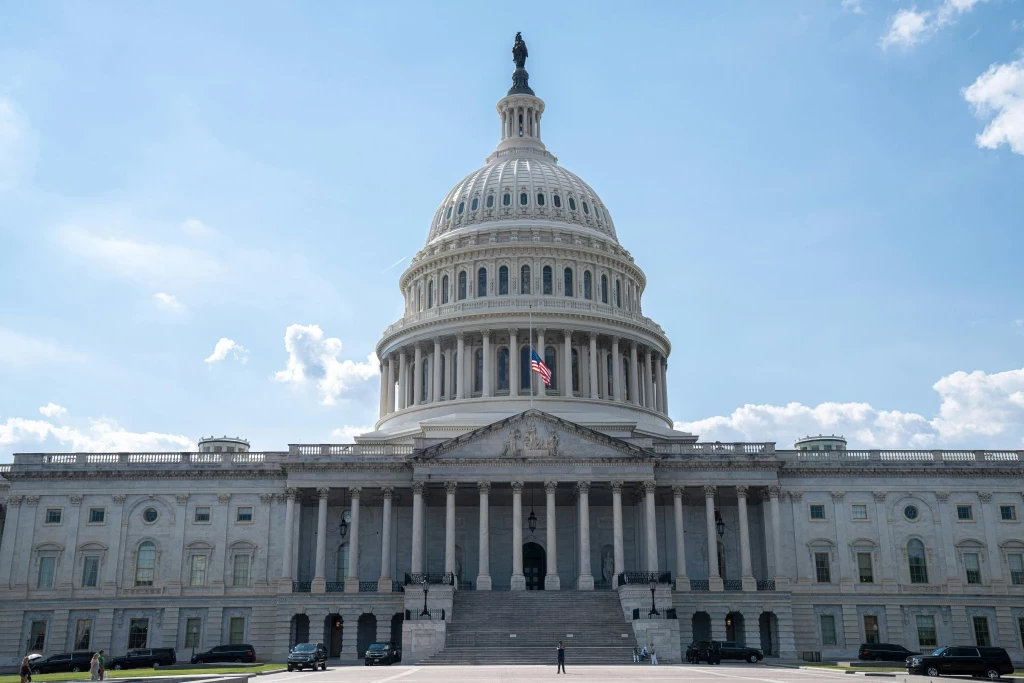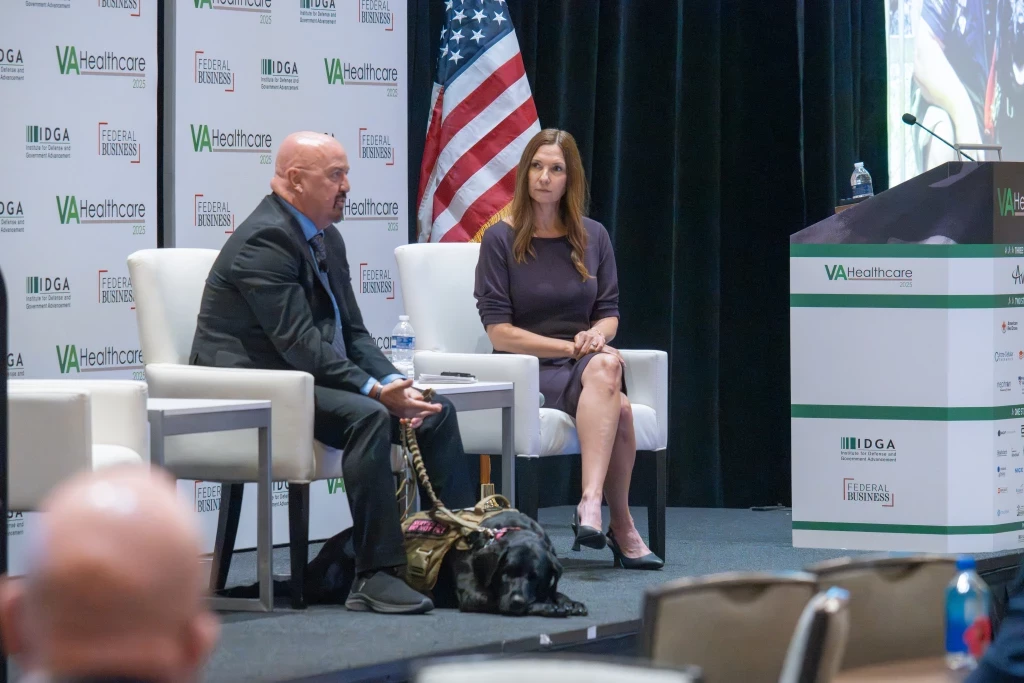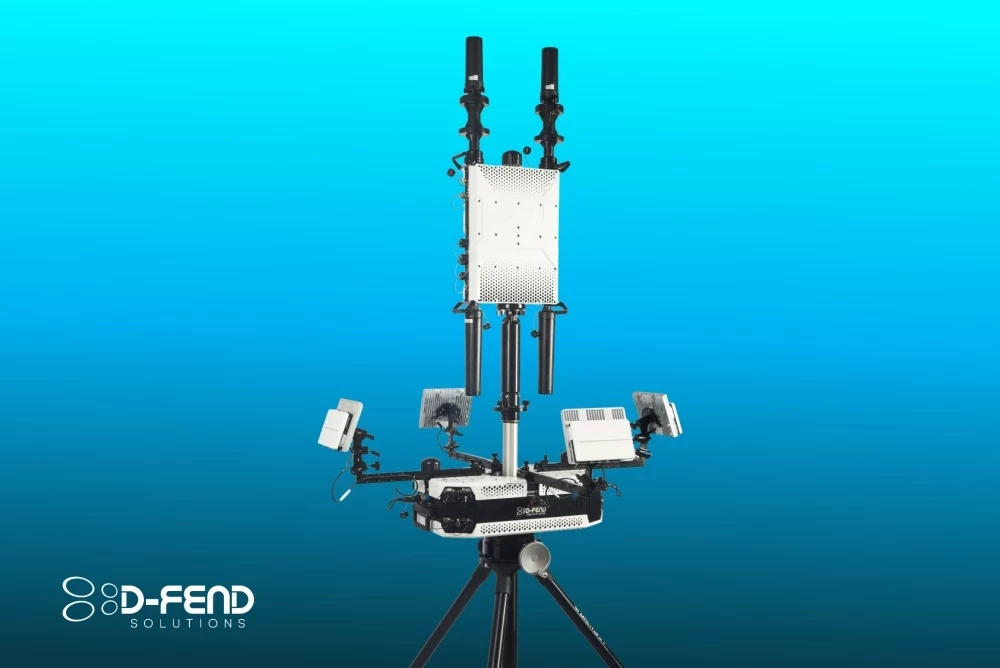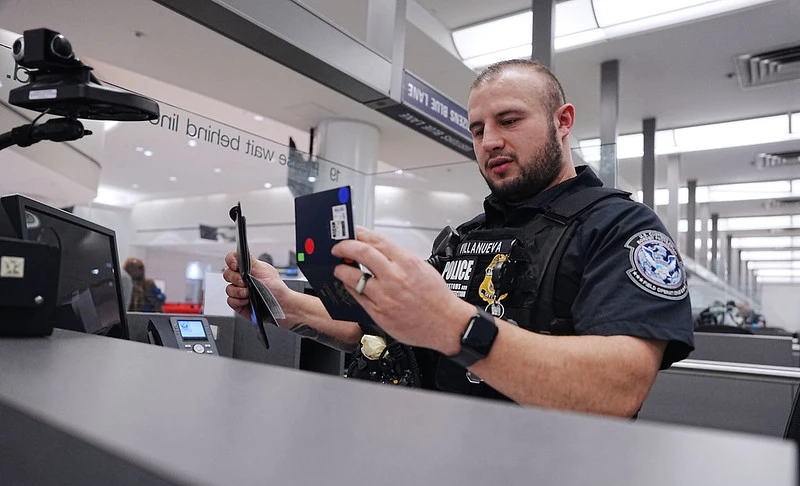How Biometrics are Helping Reduce Recidivism Rates in Virginia
Add bookmark
This December’s Biometrics for Government & Law Enforcement Summit comes at a time when biometrics are becoming more prevalent in everyday life for Americans, from airport security to stadium entry. One area where biometrics is having a strong impact is in the correctional system, both for inmates and the staff working in facilities.
Virginia is a state that has been at the forefront of implementing biometric solutions for corrections operations. The commonwealth has implemented biometrics solutions intended to improve inmate safety, identification, and probation services, the latter of which has helped Virginia earn the second-lowest recidivism rate in the union.
In order to learn what the Virginia Department of Corrections has taken away from its investments in biometrics, IDGA sat down with Krista Varady, Chief Probation and Parole Officer for the Virginia Department of Corrections. During the conversation, Krista discussed the department's use of voice verification, advice for other correctional institutions starting to work with biometrics, and much more.
At the Biometrics for Government & Law Enforcement Summit, Krista will join a panel on the use of biometrics in correctional facilities. In order to learn more about this panel discussion and the other speaker sessions at this year’s event, check out this year’s agenda.
1. Voice verification is an innovative approach to reducing recidivism. Could you elaborate on how the Virginia Department of Corrections has implemented this technology and the results you're seeing so far?
For the 11th consecutive year, Virginia has achieved one of the nation’s lowest recidivism rates, with our current rate standing at around 19%. This success reflects the Virginia Department of Corrections' commitment to both public safety and effective re-entry programs. Voice verification has been a significant part of this, as it allows us to use technology to enhance community supervision while managing an increasing caseload in our probation and parole districts.
By integrating voice verification, we’ve been able to improve monitoring and support for individuals under supervision. In fact, within just our unit, which supervises around 11,000 probationers and parolees, the recidivism rate has dropped to approximately 1.4%. This innovative approach not only helps us ensure compliance but also strengthens our focus on individualized support, ultimately aiding in the reduction of re-incarceration rates.
2. How are you planning on expanding your use of biometric capabilities?
The Virginia Department of Corrections is actively working on expanding our use of biometric capabilities in a few key areas. One of the strengths of our approach is our ongoing collaboration with our vendor, allowing us to continuously improve and incorporate new solutions and enhancements into our existing technology. Over the past eight years, this partnership has evolved to bring better tools and systems that support our goals.
In terms of expansion, we're looking beyond using biometrics in our community for probation, but also to integrate biometrics into our correctional facilities and work centers to enhance officer safety. Currently, we’re also working with our vendor to develop GPS-enabled services for inmate work crews, which will allow these crews to work outside their usual restricted environments, all while maintaining secure supervision. This expansion represents our commitment to both security and innovative re-entry support.
3. How do you see the role of biometrics evolving within correctional systems in the next 5 to 10 years?
I imagine every correctional facility in this country sees biometrics playing a role in current or future operations. Speaking for the Virginia Department of Corrections, we have strong support from both our director, Chad Dotson, and the governor, who are committed to advancing our use of technology and integrating biometric innovations.
For us, the main limitation is how quickly technology companies can develop new tools. As these advancements emerge, we anticipate using biometrics more extensively, not only for security and monitoring but also to enhance re-entry support and officer safety. Biometrics have the potential to transform the way we approach supervision, making processes both more efficient and secure for all involved.
4. What advice would you give to another department of corrections, correctional facilities, or law enforcement agencies looking to implement biometric technologies? Are there any best practices you’d recommend based on your experience?
I recently had this same conversation with someone looking to run for Sheriff in Richmond, and my advice remains the same. First, it’s essential to trust and involve younger employees in the implementation process. Many of them are already familiar and comfortable with emerging technologies, which makes them invaluable in driving these initiatives forward. As more seasoned staff retire, it’s critical to embrace the fresh perspectives and technical insights of this next generation.
To become a leading agency in using biometrics, departments must embrace 21st-century technology, grounding their work in science and innovation. In terms of best practices, I recommend creating dedicated testing environments to pilot new biometric solutions. Running pilot programs allows departments to understand the technology’s capabilities and refine its use before full-scale implementation. Additionally, it’s important to be open to experimentation—taking calculated risks with new technology can lead to valuable improvements in security and operational efficiency.
5. What do you hope attendees of the Biometrics for Government & Law Enforcement Summit takeaway from the Virginia Department of Corrections panel discussion at the event?
I hope attendees come away inspired by what we've accomplished at the Virginia Department of Corrections. We took bold steps to adopt biometric technology when many agencies were hesitant, demonstrating that innovation in corrections is possible and can bring significant benefits.
Adopting new technology can seem risky, especially in corrections, where there's ongoing debate and evolving attitudes toward tools like AI. However, to truly lead in the 21st century, agencies need to trust in the potential of these innovations and support their implementation from the top down. Leadership commitment is crucial—when leadership backs these initiatives, the benefits often far outweigh the risks. I hope attendees see that with the right approach, they, too, can embrace technology to transform their operations effectively.


























